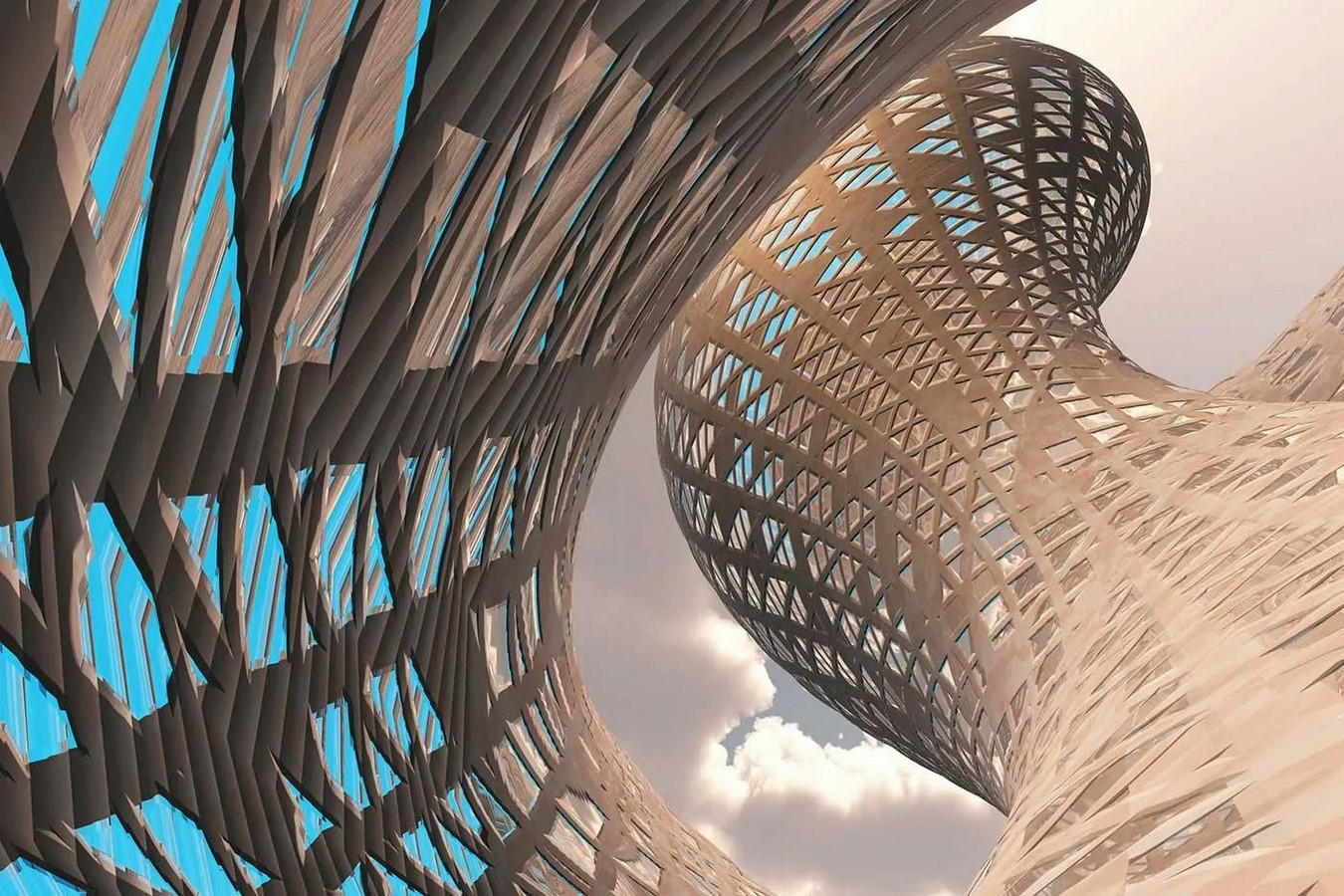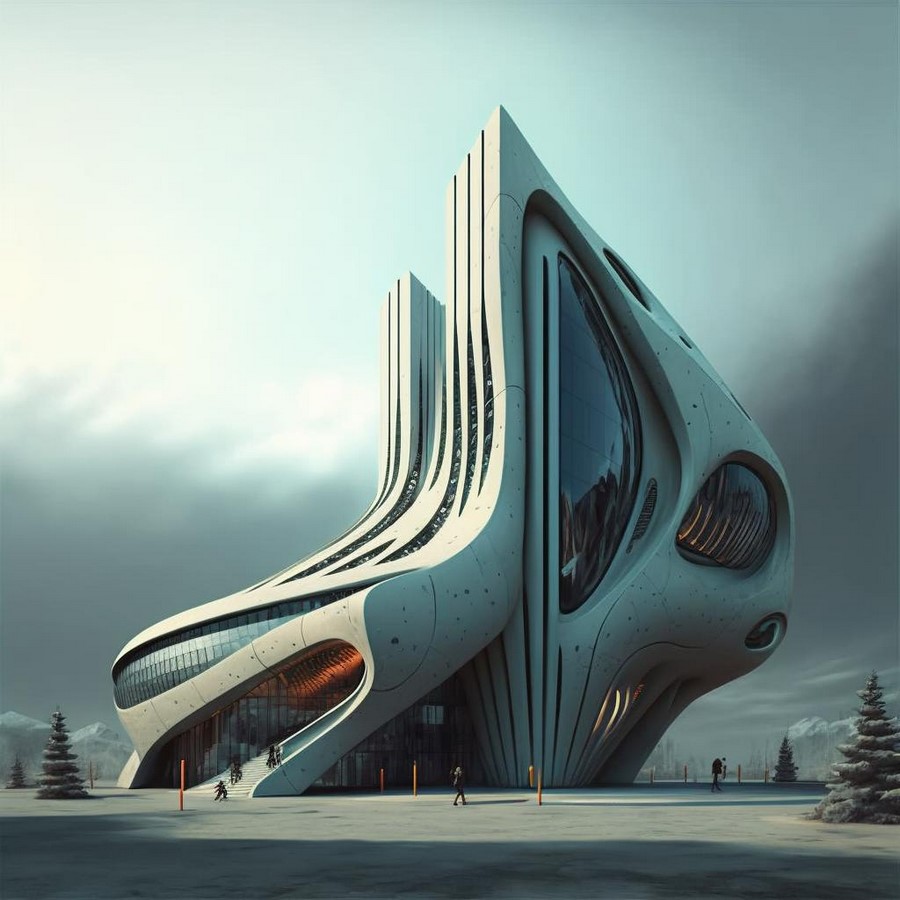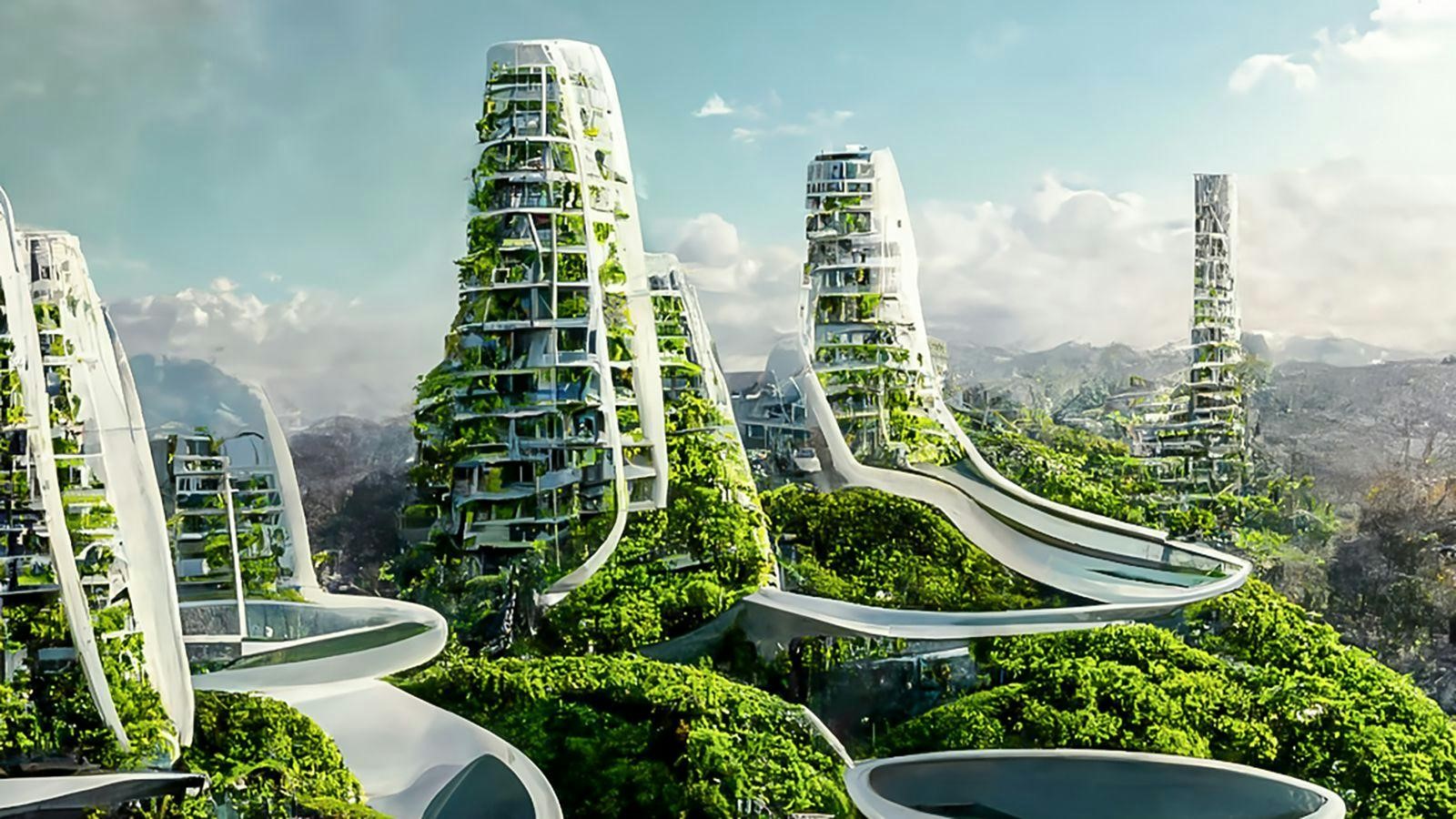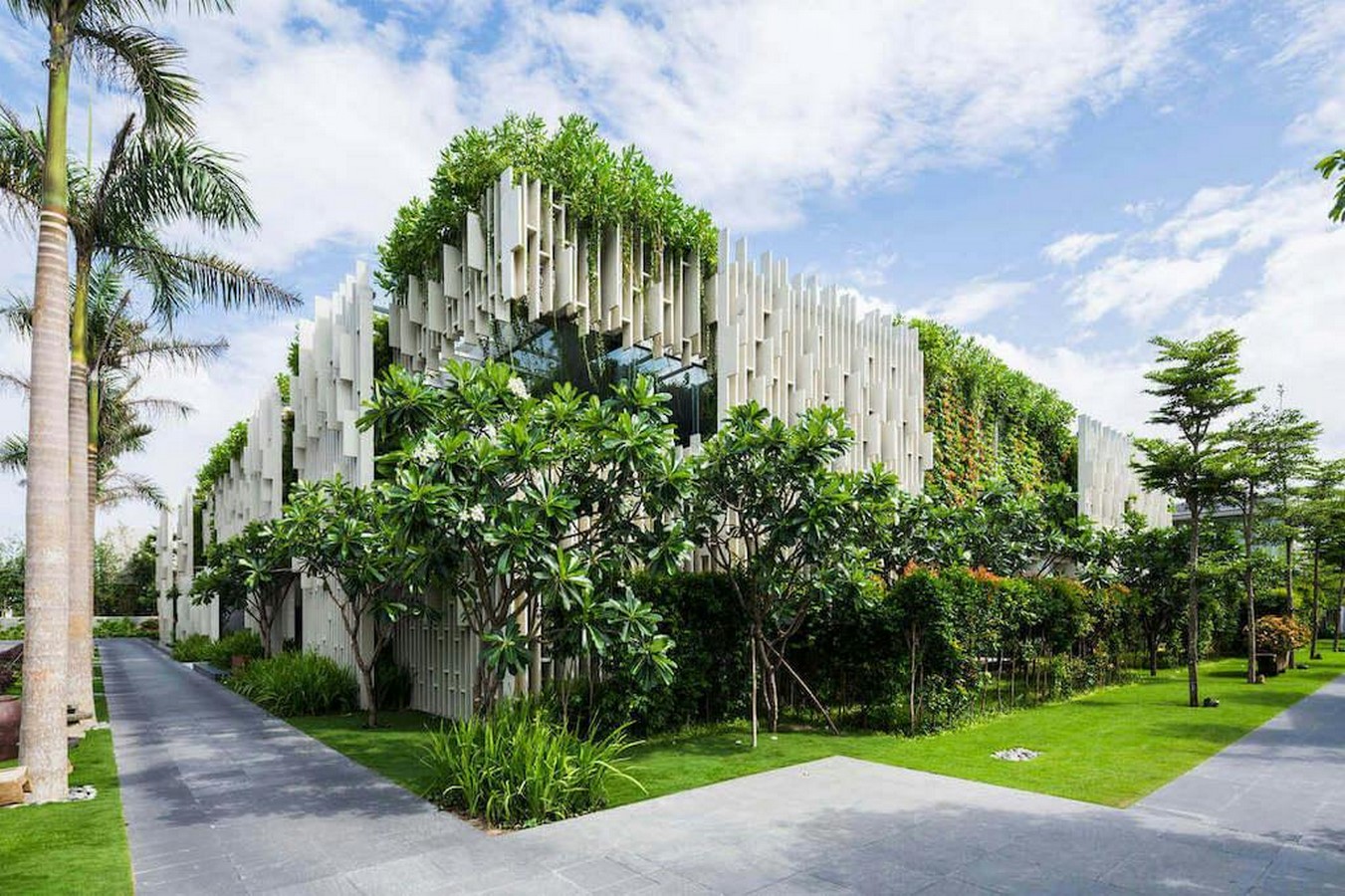The presence of architecture will endure as long as humans require protection from the natural elements. However, what is expected to undergo transformation is the essence of Architecture itself, along with the quantity of architects needed. This is the central theme under discussion. While the prospect of us evolving into virtual beings residing in digital realms is a distant possibility, it remains unlikely to materialise during the lifetimes of those currently engaging with this content. Moreover, even if such a phase were to arise eventually, there remains a plausible scenario where a form of architectural expertise tailored to the virtual realm might continue to hold significance
What lies ahead for the field of architecture? This article delves into the overarching theme Of how the future of architecture is expected to unfold.
Advancements and changes in Architecture
The integration of AI technology into the realm of architecture has significantly transformed the industry’s landscape. By incorporating AI plugins into traditional software, the process of conceptualising intricate ideas becomes notably streamlined. Moreover, through the fusion of diverse technologies and innovative concepts, architects have the potential to introduce groundbreaking designs that push the boundaries of the field. Additionally, during the preliminary stages of ideation, architects can employ augmented reality (AR) visualisations to effectively communicate concepts to clients and stakeholders.


Integration of sustainability and eco friendly design
The urgency of the climate crisis has brought to light the inadequacies in our urban planning and living spaces, exposing the significant carbon emissions stemming from construction and development projects. However, there is a silver lining – numerous avenues for intervention exist, encompassing both the materials and methodologies employed in each undertaking, as well as the far-reaching geographical and societal implications. Amidst this uncertainty, one thing is clear: when envisioning the future, the encompassing concept of “green” in its modern interpretations – spanning nature, sustainability, and ecology – must not be disregarded.
“Architecture has to anticipate and envision the future, urgently evolving the actual anthropocentric (and mechanistic) perception into an ecological activity of inter-relationship with the Natural environment. Architecture integrated with the metabolic process of our planet design for co-existence with all species where humans can benefit mutually” – Marko Brajovic

Emphasis on digital technology and smart buildings
Moreover, smart buildings are redefining the relationship between architecture and its inhabitants. User experience is paramount, and digital technologies are fostering more personalised and adaptable environments. Architects and developers must strike a delicate balance between the benefits of data-driven insights and the ethical handling of sensitive data. Additionally, the rapid pace of technological advancement demands ongoing education and upskilling for architects and construction professionals to stay abreast of the latest tools and methodologies.
As we look ahead, the potential of digital architecture and smart buildings is limitless. The advent of artificial intelligence will further enhance the capabilities of smart buildings, allowing for even more sophisticated real-time decision-making and adaptive functions.
Entire urban landscapes could be seamlessly connected, creating smart cities where infrastructure, transportation, and public spaces are intelligently managed to optimise efficiency and improve quality of life. Furthermore, sustainability and environmental consciousness are central to the future of architecture. Digital tools enable architects to deeply analyse and minimise a building’s environmental impact, from energy consumption to material use. With the integration of renewable energy sources, energy storage systems, and smart grid technologies, buildings can become active contributors to the overall energy ecosystem.
Incorporation of biophilic design and wellness features
The future of architecture is poised to embrace a profound paradigm shift, driven by a growing recognition of the vital connection between human well-being and the built environment. This evolution will prominently feature the incorporation of biophilic design principles and wellness-focused features, signalling a departure from conventional architectural practices. Biophilic design, rooted in the idea of reconnecting people with nature, will play a pivotal role in creating spaces that prioritize mental and physical health.
Integrating elements such as natural light, greenery, and natural materials not only enhances aesthetic appeal but also fosters a sense of calm, reducing stress and enhancing cognitive function. Moreover, wellness features like indoor air purification systems, circadian lighting, and active design strategies will further contribute to occupants overall health and productivity. As the architectural landscape evolves, the seamless integration of biophilic design and wellness elements will emerge as central tenets, creating environments that holistically nurture and enrich the lives of their inhabitants.


The horizon of architecture is poised for a groundbreaking shift, fueled by the infusion of vibrant concepts and cutting-edge technologies. This imminent transformation promises to transcend the conventional boundaries of architectural practice, ushering in a multi-dimensional era that redefines the very essence of built environments. The future of architecture stands at the threshold of becoming a metaverse—a convergence point for technological advancements and unprecedented creative paradigms that will revolutionise the way we perceive, interact with, and inhabit spaces.
The future of architecture is teeming with the promise of multi-dimensional transformation. The infusion of vivid concepts and advanced technologies propels the field into a new paradigm, where architecture becomes a metaverse of boundless possibilities. This convergence of physical and digital realms redefines spatial experiences, construction methodologies, and creative expressions. As architecture evolves from static structures into dynamic, interconnected landscapes, we stand on the brink of a new era—one that reshapes the way we conceive, interact with, and inhabit the spaces that define our world.
















